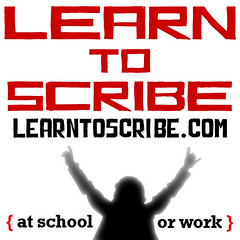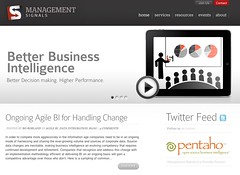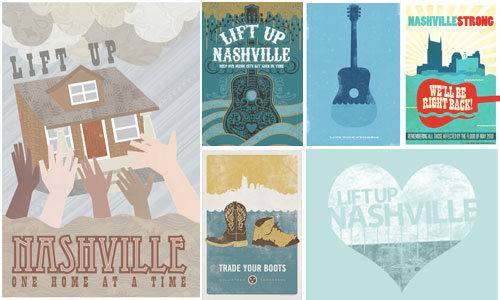 As designers and facilitators of rich conversations, we serve a valuable role in innovation.
As designers and facilitators of rich conversations, we serve a valuable role in innovation.
As facilitators, we can create the "safe container" for authentic (and often times emotional or caustic) conversations to occur, and for subtle, deep cultural shifts in thinking to begin.
As designers, we can give shape to the results of those conversations. We produce a thing--sometimes called a "work product" or "knowledge object" or "communication tool" or [insert corporatespeak term here].
These work products can take the form of a static model, a complex information graphic, a magazine article, a schematic diagram, a fully interactive website, a private wiki, an unedited blog post, or an airport lobby-sized installation art piece. The form is chosen for the target audience (and.. ah yes, the budget) in question.
Whatever the output, the real heart and soul of the innovation process seems to remain the conversation.
The network members of Social Media Today are playing in the emerging space of new ways to have those conversations.
The McKinsey Quarterly recent edition says “Innovation has become a primary force in determining company growth, performance, and valuation. Unfortunately, a wide gap exists between executives’ aspirations to innovate and their ability to execute.”
Piers Gibbon writes about “The Innovative Conversation” The title was inspired by the researchers who have shown that “rich conversations”¹ have more value in business than “dehydrated, ritualized”¹ presentations. That “Connections and Conversations … provide the fuel for innovation” ² and companies need “to create a climate … where everyone feels the responsibility and desire to contribute to the organizations innovation performance.”
In economics, business and government policy,- something new - must be substantially different, not an insignificant change. In economics the change must increase value, customer value, or producer value.
The term innovation may refer to both radical and incremental changes to products, processes or services. |
 Alphachimp
Alphachimp  Monday, October 8, 2012 at 12:29PM
Monday, October 8, 2012 at 12:29PM 










 According to UK's National Counter Terrorism Security Office, there are everyday objects on the street in front of buildings, like bus stops, lampposts, and bins etc. These could have not just an apparent function, but could have a hidden purpose – To prevent terrorist vehicle attacks. A project by Toby Ng, a designer in London, is entitled "Hidden Superhero" and so he designed a set of unassuming CT Heroes.
According to UK's National Counter Terrorism Security Office, there are everyday objects on the street in front of buildings, like bus stops, lampposts, and bins etc. These could have not just an apparent function, but could have a hidden purpose – To prevent terrorist vehicle attacks. A project by Toby Ng, a designer in London, is entitled "Hidden Superhero" and so he designed a set of unassuming CT Heroes.

